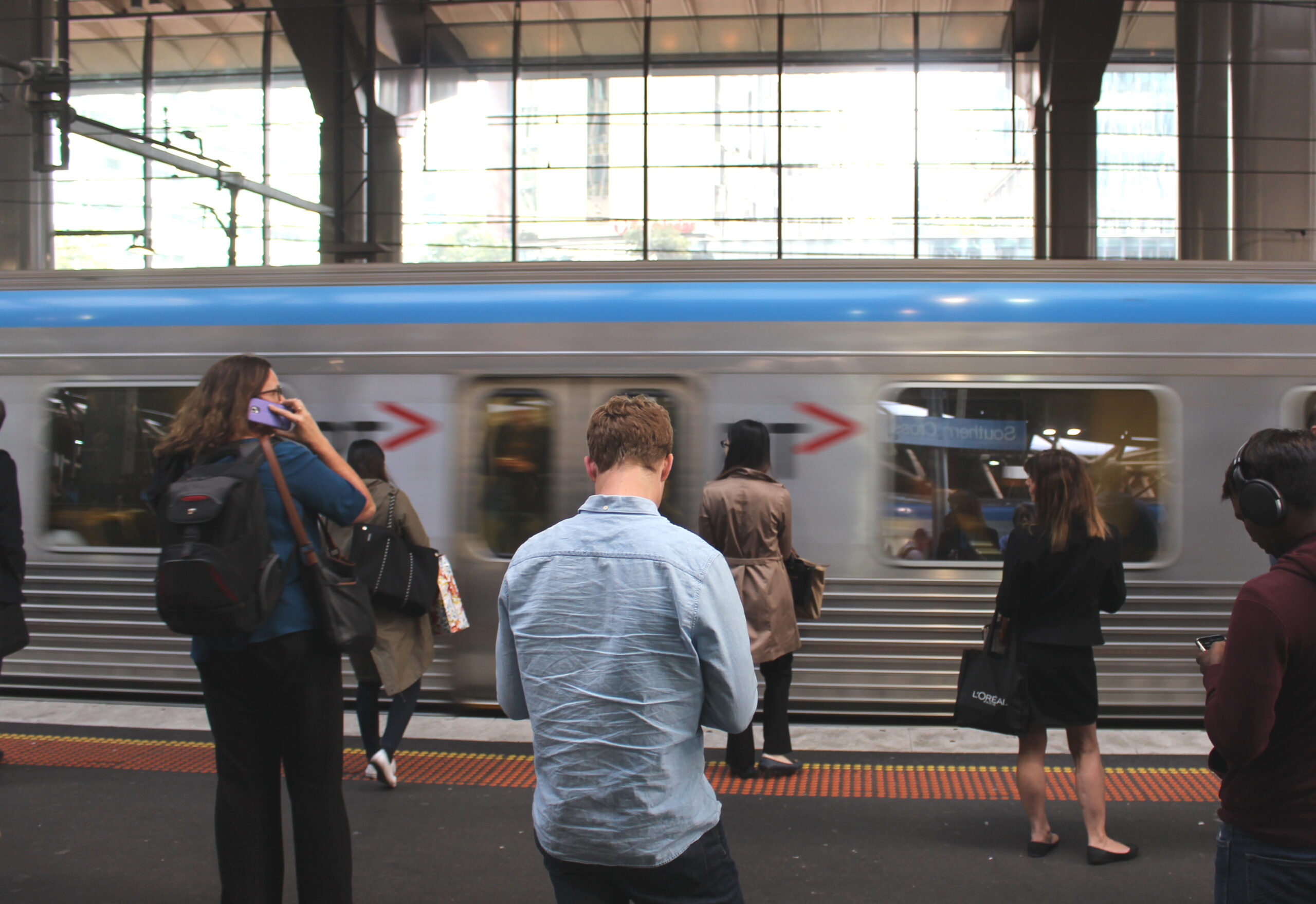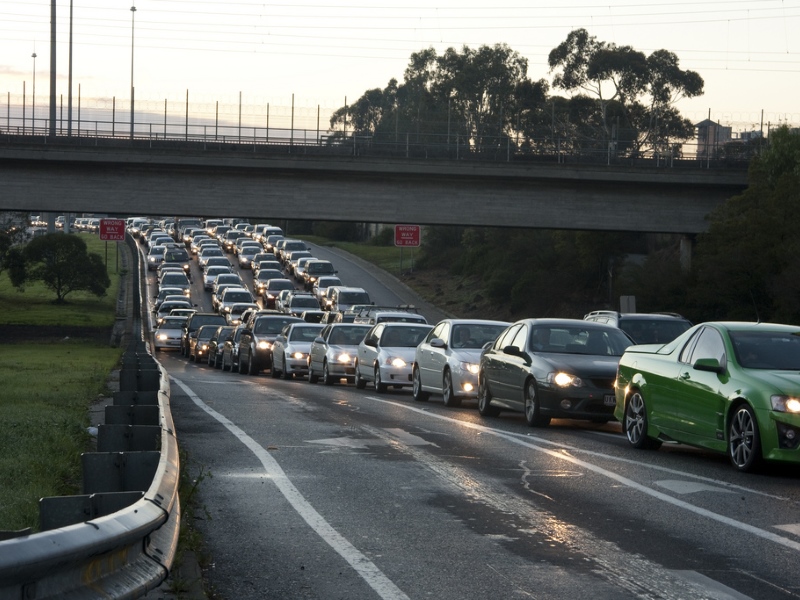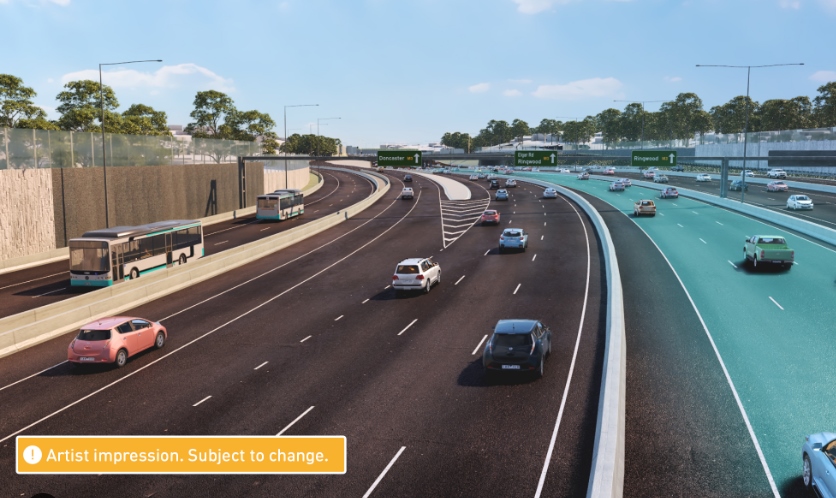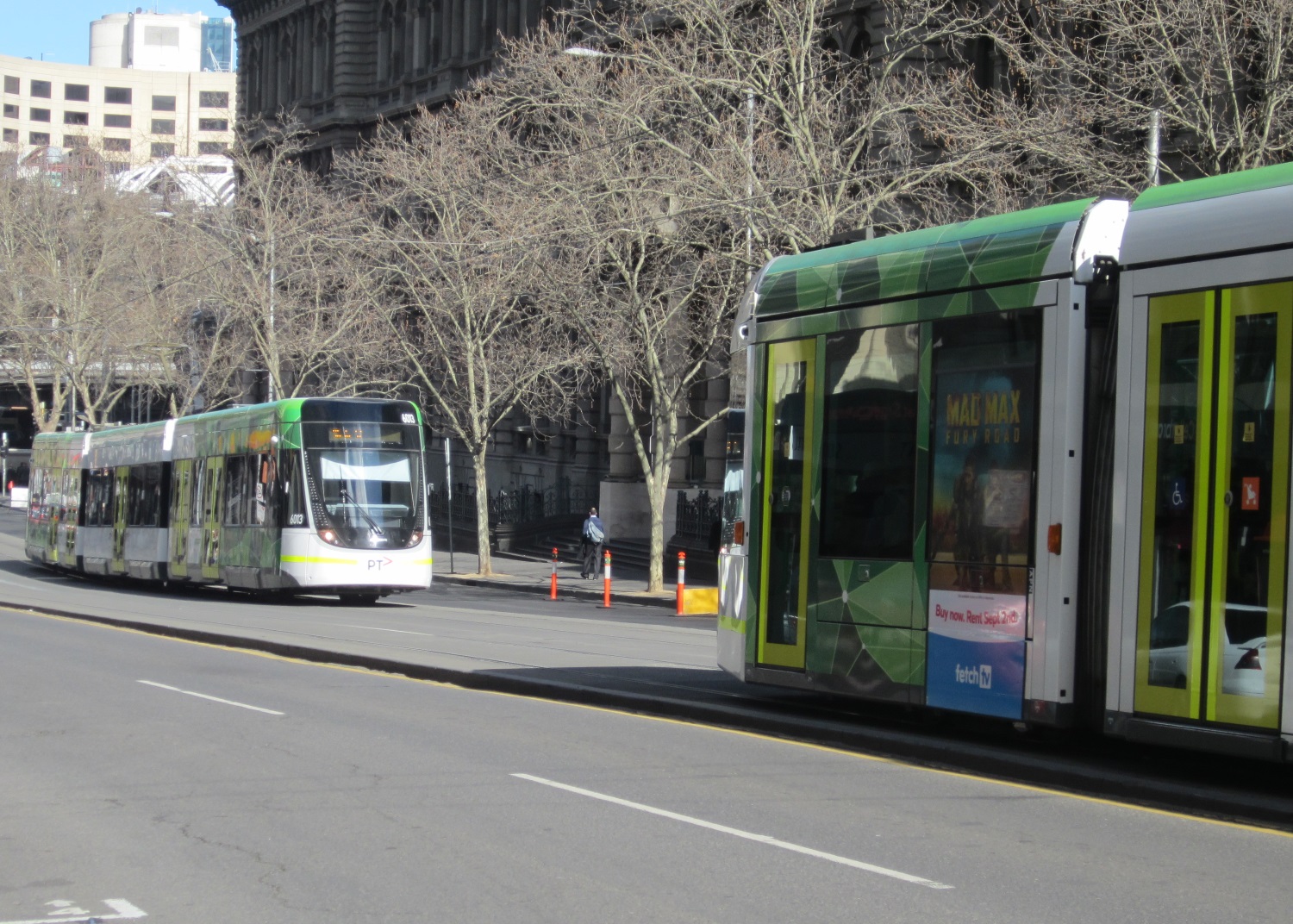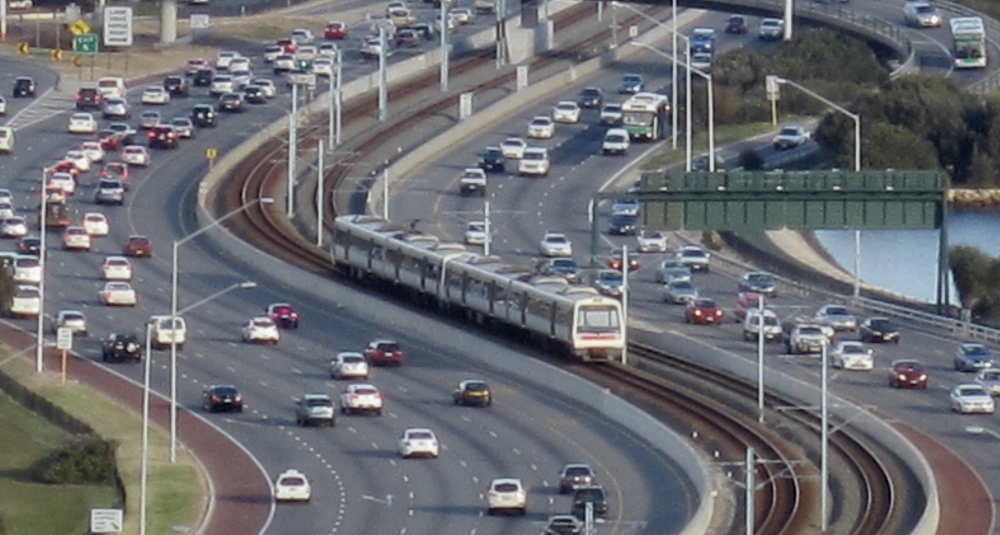Category: Melbourne east
-
Eastern Freeway rail corridor is what merits protection
Protect Hamer legacy of provision for rail in freeway median: PTUA According to the Public Transport Users Association there is only one aspect of the Eastern Freeway that merits heritage protection, and that is the unique design features included by the Hamer Government to ensure a train line could be easily installed in the corridor.…
-
North East Link plans to kill off Doncaster rail forever
The Public Transport Users Association says that detailed design plans for the North East Link and its accompanying busway include taking over the median reserve for additional car lanes. This will ‘kill stone dead’ any long term plan for trains to run to Doncaster, according to the PTUA. “What’s being proposed is a radical reorganisation…
-
Care urged on Rowville tram proposal: avoid rushing into half measures, says PTUA
The Public Transport Users Association has cautiously welcomed a proposal to develop a new tram line connecting Rowville to Caulfield railway station via Chadstone Shopping Centre. But the PTUA is concerned the project could leave the community worse off in the longer term by precluding a conventional train line along Wellington Road. “The previous government’s…
-
Rise above doubters on Doncaster rail, says PTUA
Study author re-think on Rowville suggests way ahead on Doncaster The Public Transport Users Association has backed a renewed push on rail service to Doncaster Hill, and called for signalling upgrade works on the Dandenong rail corridor to be expanded to include the South Morang and Hurstbridge lines. “We’ve all heard the arguments about there…
-
Big win for south east, no win for west and north, masks ‘split personality’ on transport policy
The Napthine Government’s announcement of $2 billion of rail infrastructure upgrades and new trains for the Dandenong, Pakenham and Cranbourne corridors has won the strong backing of the Public Transport Users Association, who have labelled it “a template for fixing the rail network across Melbourne”. But it is a shame the improvements are entirely confined…
-
Mandate for Doncaster rail – not the EW motorway
Build it means kill it When the state Coalition promised in 2010 of Doncaster rail that “we’ll study it, then plan it and build it”, it was not clear to the listener that what the Coalition really meant was “we will kill it off forever”. All the more reason why this $8 billion road plan…
-
Doncaster Rail Report is “Topsy-Turvy Planning”, says PTUA
Making the Doncaster rail extension conditional on undergrounding the South Morang line is unnecessary and an excuse to kill the project, the Public Transport Users Association said today. “The government all but promised to build the Doncaster extension in 2010, but they failed to confront a bureaucracy that’s too fond of making excuses to do…
-
Rowville Rail possible with Dandenong upgrade, no Metro tunnel
Get cracking on Dandenong line upgrade, but Metro tunnel a distraction: PTUA Signalling upgrades and grade separations on the Dandenong line should proceed immediately to boost service to growth suburbs and enable the Rowville rail extension. But claims that the Melbourne Metro tunnel from Footscray to South Yarra is a prerequisite to Rowville rail are…
-
Support Doncaster rail – attend a community workshop
The Victorian government is undertaking a study to provide a train service between Doncaster and the Melbourne CBD. The PTUA strongly supports a rail service to Doncaster as a vital link in Melbourne’s public transport network. We encourage you to attend one of the community workshops organised by the Doncaster Rail Study Team. The purpose…
-
Badly advised
THE idea that the Rowville line can’t be built without a $5 billion metro tunnel is nonsense (”Monash Uni train line plan derailed”, The Age, 9/3). The line was included in the 1969 transport plan, which gave us the City Loop, but did not say an extra tunnel from South Yarra was required: only some…
-
Public left behind on Chadstone transport planning
The Public Transport Users Association (PTUA) has called on the Baillieu Government to ensure greater transparency in transport planning for the proposed Chadstone shopping centre expansion. PTUA outer east convenor Jeremy Lunn said public participation must be a key component of the planning process, but the government and the developer seem to be operating behind…
-
Chadstone interchange not a full solution
The Public Transport Users Association (PTUA) has warned that a modified bus interchange will not be enough to cater for expansion of the Chadstone shopping centre, as it would be only a partial solution. It says bus services themselves need significant upgrades, along with the extension of train and tram services into the centre. “It’s…
